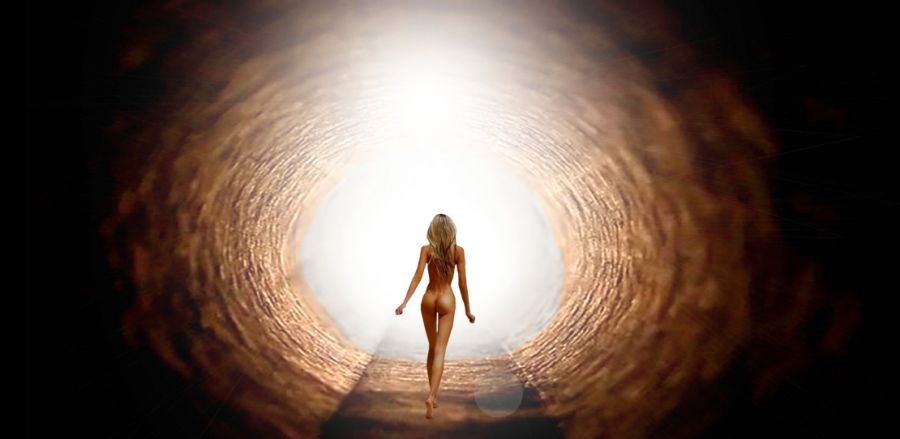A RAISED CONSCIOUSNESS
NEAR DEATH |
|
|
"Conscious" experiences of imminent death therefore, quite incompatible with the biological reality of a dying brain. Is it possible that the human brain is activated by the process of death? Recently, researchers have reported increased electrical activity in the brains of dying people. It could be associated with last-minute conscious experiences, a new vision of the role played by the brain in this final stage of life. To find out for sure, researchers at the University of Michigan in the United States have decided to study, in "more detail than ever before", the biological mechanism at work in the brain in all last moments. The study, led by Jimo Borjigin, associate professor in the Department of Molecular and Integrative Physiology and the Department of Neurology, and his team, follows animal studies conducted nearly 10 years ago in collaboration with George Mashour, founding director from the Michigan Center for Consciousness Science. A cerebral burst before a complete stop The brain "on fire" To do this, it was necessary to find dead patients, for the blow, of a cardiac arrest, but maintained under ventilatory assistance. And observe the signals of electrocardiogram and electroencephalography (EEG) before and after the withdrawal of the assistance, synonymous with brain death. They studied the files of four people. When they were taken off their life support devices, two of them (a 24-year-old woman and a 77-year-old woman) saw their heart rates increase, and their brain activity also showed a spike in gamma waves. , at a frequency level usually associated… with consciousness. In addition to confirming this stimulation, already observed in animals, these researchers have mainly identified the most stimulated part of the brain, the temporo-parieto-occipital junction, an area previously associated, among other things, with the memorization of dreams. “A similar pattern was observed in healthy brains during wakefulness and dreaming, in patients experiencing visual hallucinations or out-of-body experiences,” the study describes. Jimo Borjigin indicates, in support of these results obtained after observing a posterior area of the brain associated with consciousness: If this part of the brain is stimulated, it means that the patient sees something, can hear something and can potentially feel sensations outside his body. She specifies that this specific area was “on fire!”. In the journal Proceedings of the National Academy of Sciences (PNAS), which published their work on Monday, the scientists however draw limits to their study: they first concede that they do not really know why these signs have not been observed. in the other two patients, a history of seizures may have had an impact, they said. George Mashour explains in a press release: "How living experience can emerge from a dysfunctional brain during the dying process is a neuroscientific paradox. Dr. Borjigin has conducted an important study that helps shed light on the underlying neurophysiological mechanisms." The beginnings of a "secret" consciousness still misunderstood Due to the small sample size, the authors caution against making overarching statements about the implications of the results. They also note that it is impossible to know in this study what the patients experienced (because they did not survive to testify). Larger studies, including EEG-monitored intensive care patients who survive cardiac arrest, could provide much-needed data to determine whether these bursts of gamma activity are evidence of hidden consciousness, even when approaching the death. Although the mechanisms and physiological significance of these findings remain to be explored, these data demonstrate that the dying brain may still be active. They also suggest the need to reassess the role of the brain during cardiac arrest. This study then lays the groundwork for further research into covert consciousness during cardiac arrest, which could serve as a model system to explore the mechanisms of human consciousness. | |
| Pamela Newton for DayNewsWorld | |
 |
|




